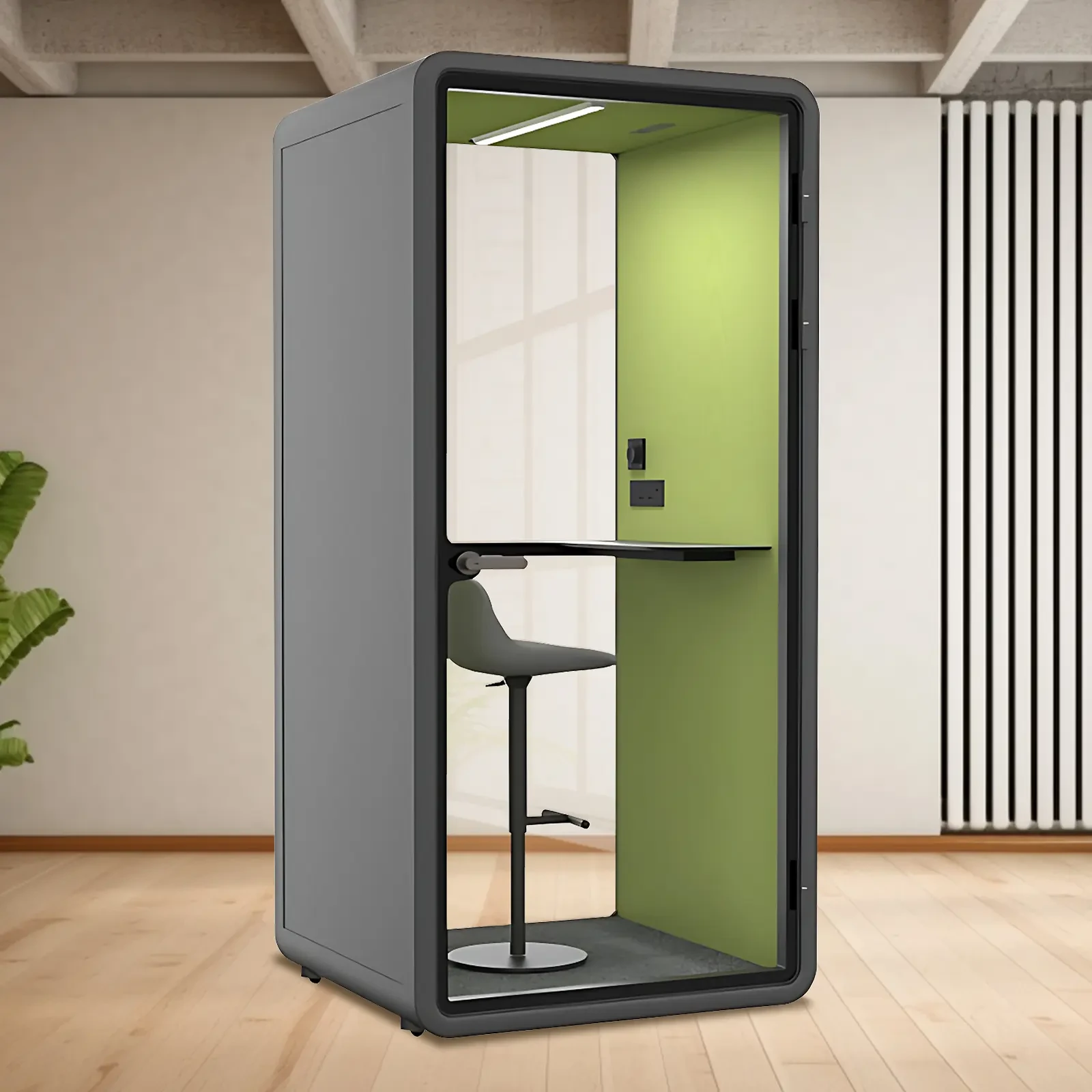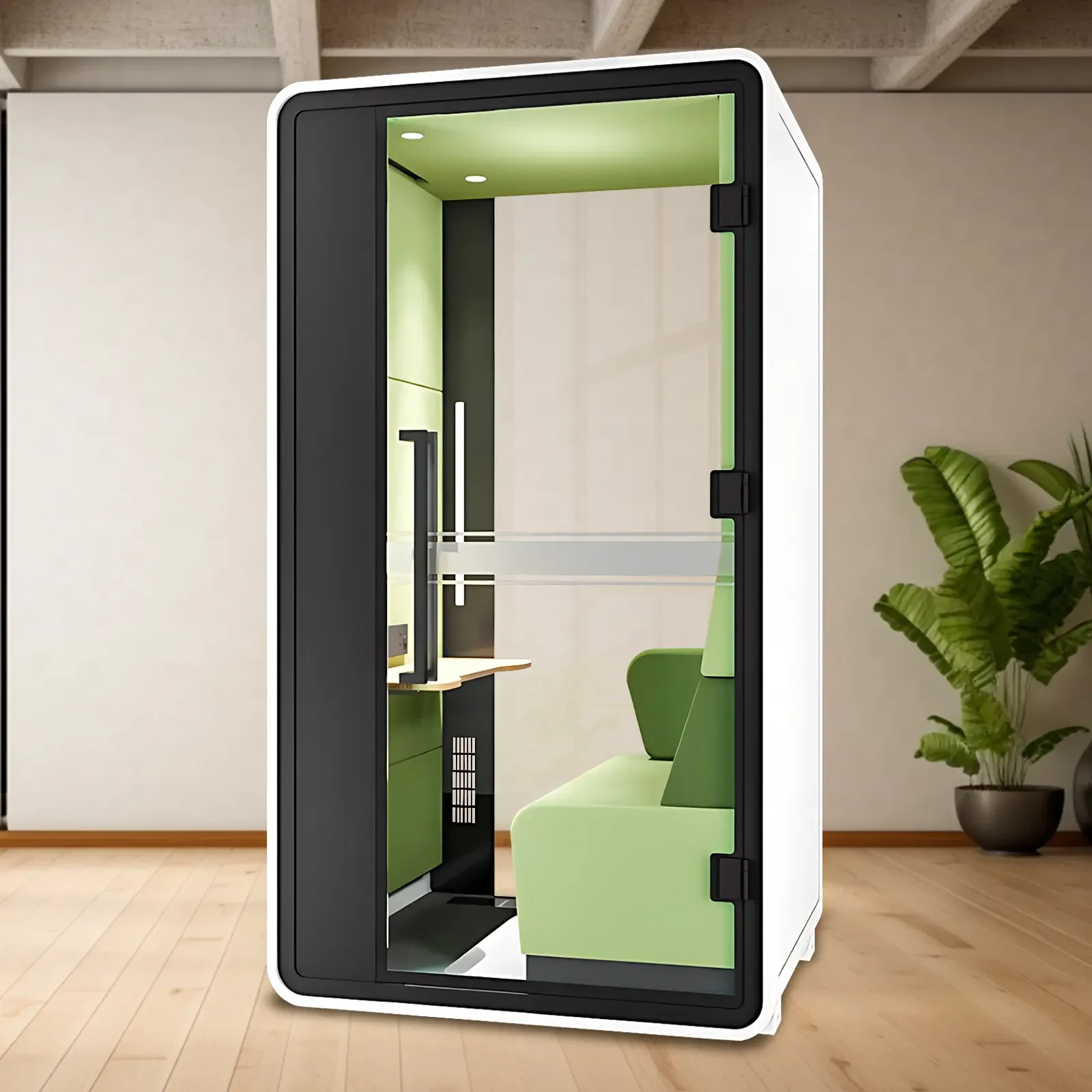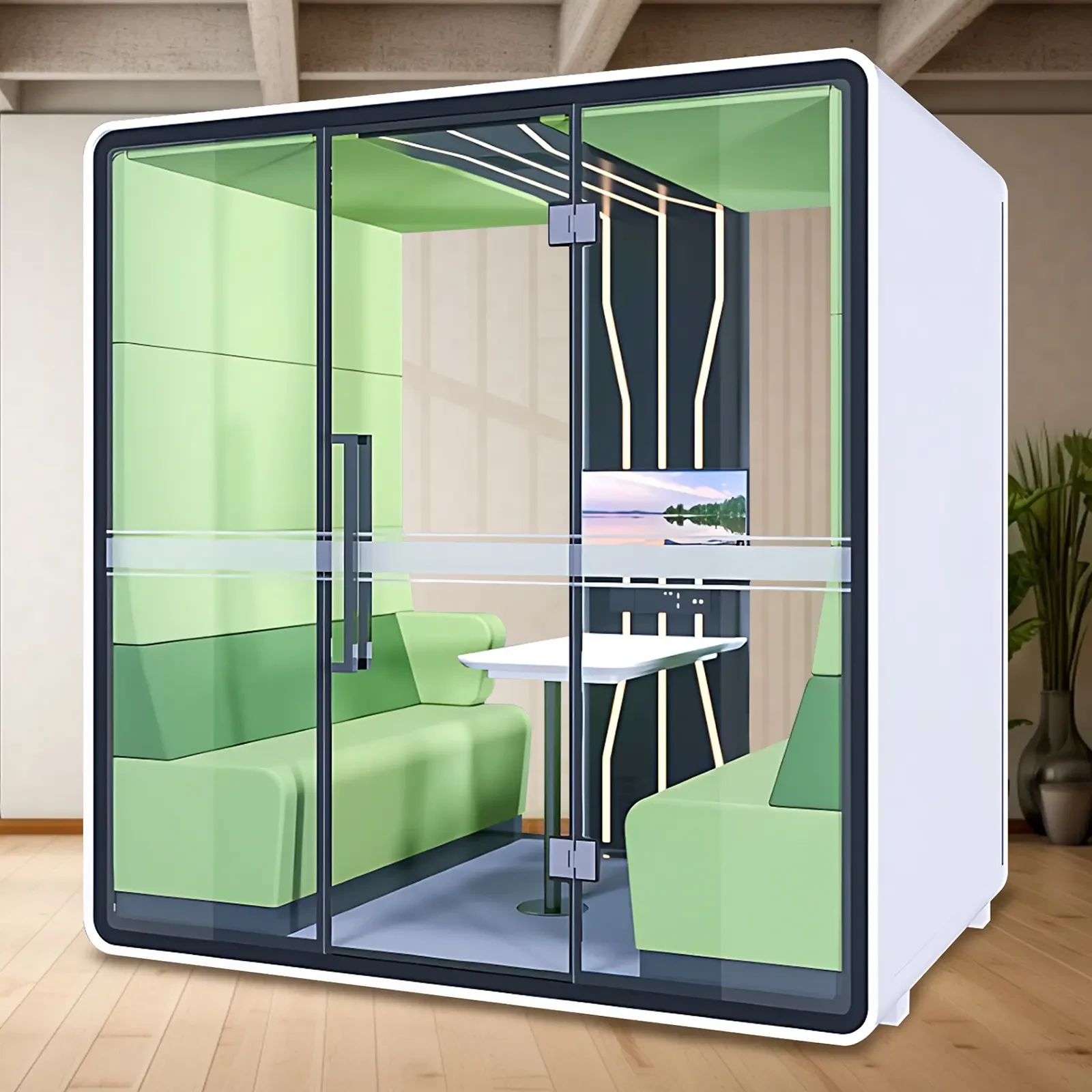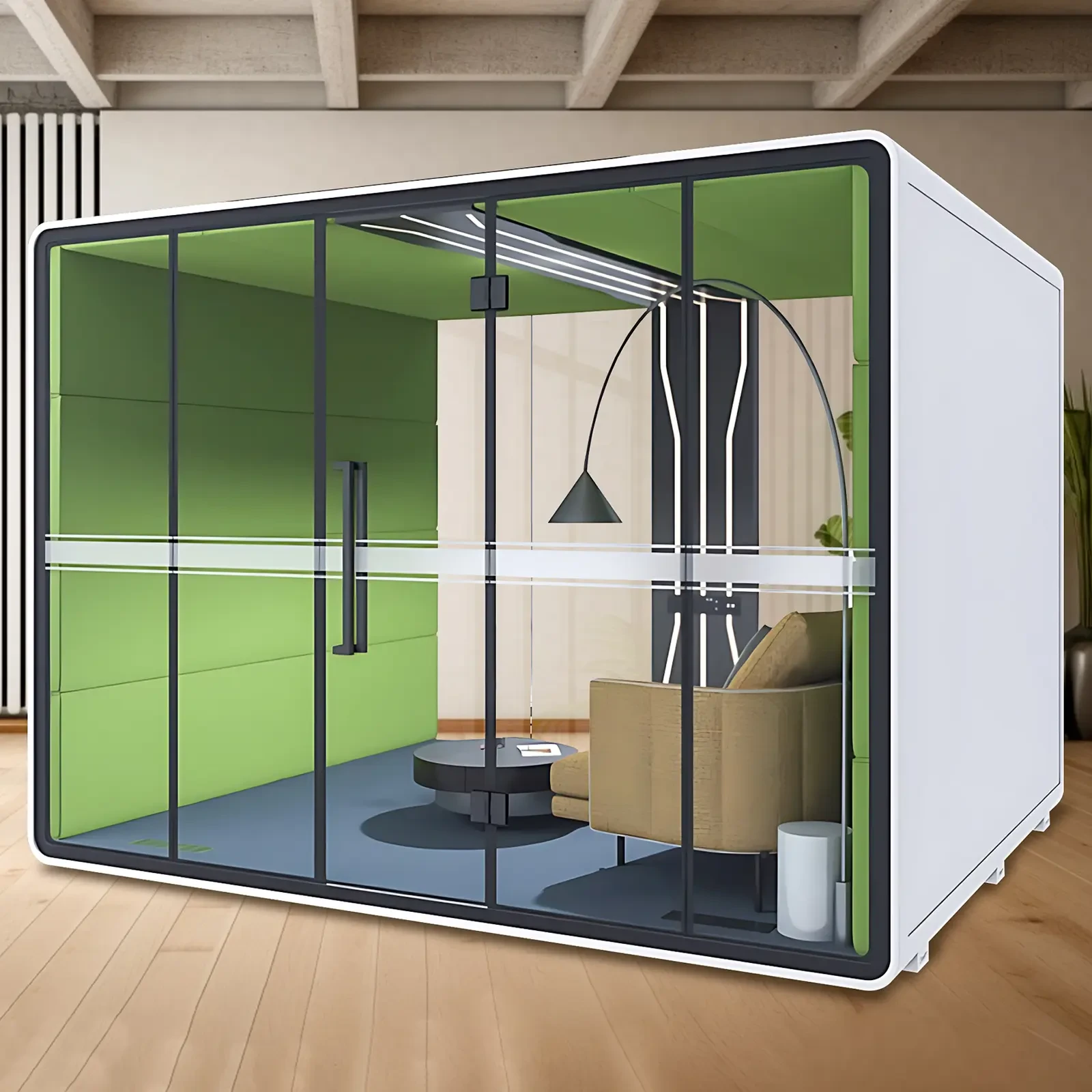According to the latest QYResearch report, the global quiet booth market is expected to reach US$469 million in 2029, with a compound annual growth rate (CAGR) of 3.6% over the next few years.
Globally, major quiet booth manufacturers include SoundBot, DEMVOX Sound Isolation Booths, SoundLok (Wenger Corporation), and GK Soundbooth, with the top five manufacturers accounting for approximately 48% of the market share.
Currently, core global manufacturers are primarily located in China, North America, and Europe.
In terms of product type, mobile is currently the leading segment, accounting for approximately 53.8% of the market share.
In terms of product application, recording studios are the primary source of demand, accounting for approximately 59.2% of the market share.
Key Drivers:
Focus and Productivity: Quiet booths meet the needs for focused work and productivity by providing a quiet and distraction-free environment. This is crucial in professional settings, where concentration is crucial for tasks such as reading, writing, and problem-solving.
Health and Well-being: Growing awareness of the impact of noise on mental health and well-being is driving demand for quiet rooms. People seek spaces where they can escape ambient noise to reduce stress and promote a sense of calm.
Meeting the need for confidentiality: Quiet rooms are ideal for private meetings, discussions, or phone calls. This is particularly important in workplaces where sensitive information is regularly discussed.
Flexible work environments: The trend toward flexible work arrangements, including remote work and hot-desking, has led to a greater demand for quiet spaces within the office environment. Quiet rooms offer a solution for individuals who require occasional or regular quiet workspaces.
Corporate wellness programs: Many organizations recognize the importance of providing a healthy work environment for their employees. Quiet rooms contribute to corporate wellness programs by providing designated areas for relaxation, meditation, or focused work.
Major barriers:
Limited space availability: Finding and allocating space for quiet rooms can be challenging in crowded office buildings or public spaces. The availability of suitable space may limit the implementation of quiet rooms in some settings.
Construction and maintenance costs: Constructing and maintaining soundproof rooms can be expensive. The cost of high-quality acoustic materials, soundproofing technology, and ongoing maintenance can present obstacles, especially for small businesses or organizations with limited budgets.
Resistance to Change: Employees or management who resist adopting new workplace trends may perceive quiet rooms as unnecessary or disruptive to the collaborative nature of an open office environment. Overcoming resistance to change is a common challenge.
Technical Limitations: Achieving complete soundproofing can be technically challenging, and the effectiveness of soundproofing solutions can vary. Technical limitations in creating cost-effective and efficient soundproofing materials or systems can be a barrier.
Design Integration: Seamlessly integrating a quiet room into the overall design of a space can be challenging. In some cases, balancing soundproofing needs with aesthetic considerations and maintaining a cohesive design can be an obstacles.
Industry Opportunities:
Innovative Acoustic Technologies: Research and development in acoustic technology can lead to innovative solutions for effective soundproofing. Advances in materials, construction techniques, and intelligent acoustic solutions present opportunities for improvement.
Flexible and Modular Design: Developing quiet rooms with flexible and modular designs can make them easier to integrate into a variety of environments. Modular structures or movable partitions can adapt to changing needs and space constraints. Smart Room Management Systems: Integration with smart building systems can enhance the functionality of quiet rooms. The automated scheduling, occupancy monitoring, and personalized settings enabled by smart room management systems offer opportunities for innovation.
Remote Work Solutions: As remote work becomes increasingly common, there is an opportunity to develop virtual quiet rooms or technology that individuals can use to create a quiet environment in their home office.
Collaboration with Workplace Designers: Collaboration between acousticians, architects, and workplace designers can create aesthetically pleasing and functional quiet rooms that seamlessly integrate into modern office designs.

 USD
USD
 GBP
GBP
 EUR
EUR






